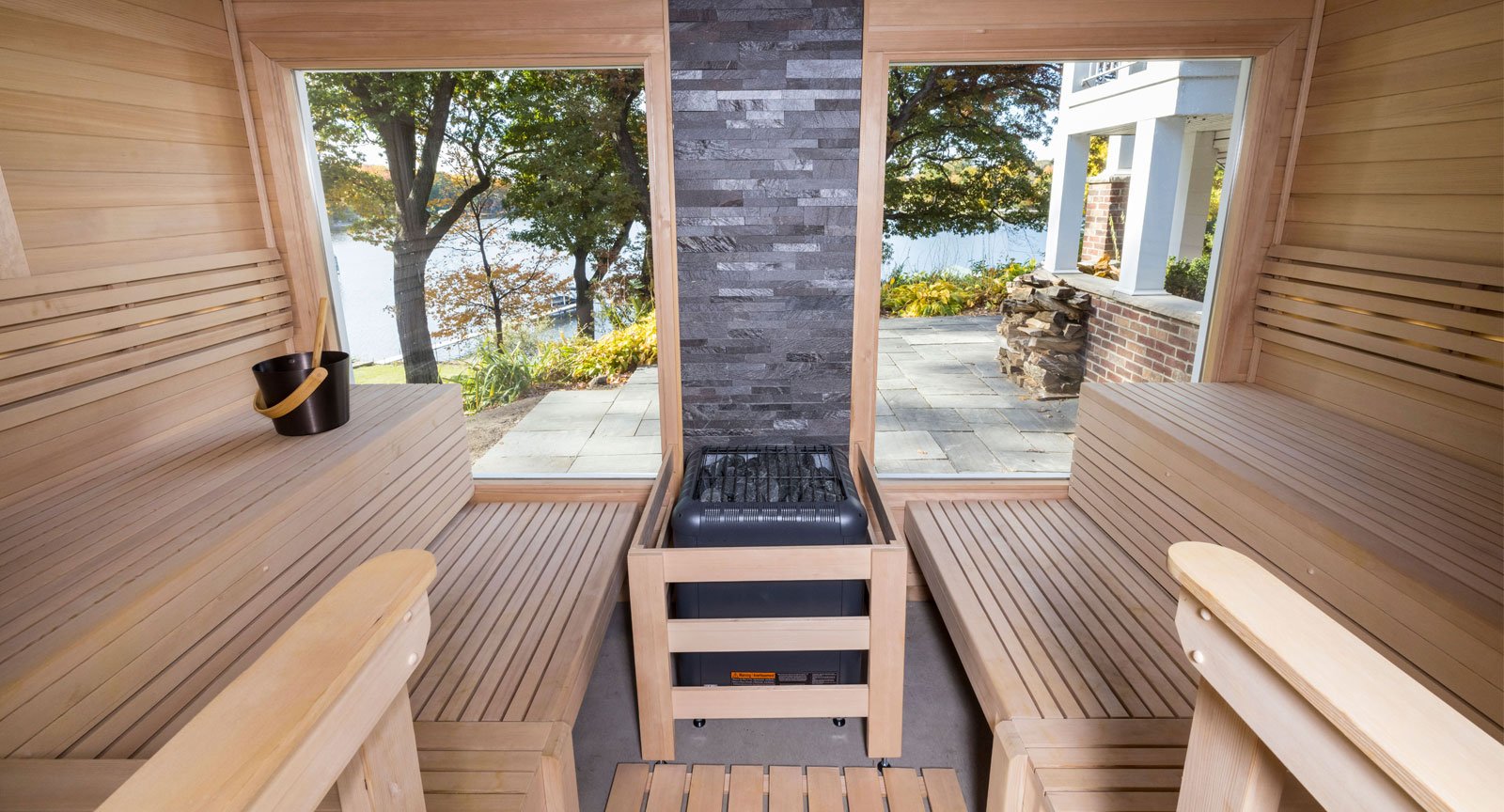Rumored Buzz on Traditional Sauna
Rumored Buzz on Traditional Sauna
Blog Article
What Does Traditional Sauna Do?
Table of ContentsUnknown Facts About Traditional SaunaThe 6-Minute Rule for Traditional SaunaThe Only Guide to Traditional SaunaThe 8-Second Trick For Traditional Sauna
A lot of the weight lost in a sauna is water loss and is re-gained upon rehydrating. Without a doubt sauna can be a crucial part of a healthy and balanced weight loss program. To look at the differences between traditional and IR saunas, I will certainly divide these into proven, academic, and made differences.Hence, the best point in the saunawhich goes to the ceiling straight over the sauna heateris typically in between 185 and 190 F. Traditional Sauna. Claims that a typical sauna exceeds 200 F is merely not true and not suitable for electric saunas sold in the United States. The temperature for a far-infrared sauna is typically established in between 120 and 140 F; however, unlike the standard sauna, the objective in and IR room is not to accomplish a heat
As a result of this, the temperature distinction is practically unnecessary, since excessive sweating results in both sauna types, yet the approach of heating up the body is various. In an IR sauna the bather will really feel warm and will sweat a lot, yet at much reduced temperature levels. Thus, if the goal is to invest longer periods of time in the sauna, the IR sauna is an excellent selection.

Our Traditional Sauna Statements
When the heat is attained, the components cycle on and off to preserve the high temperature. The majority of conventional sauna users take pleasure in putting water over the rocks to develop heavy steam to raise sauna humidity levels. The benefits of pouring water over the rocks consist of: making the space extra comfy, dampening the nasal flows, and permitting the usage of aromatherapy by mixing necessary oils with the water.
In a far-infrared sauna, the heat waves penetrate the body to efficiently heat up the body and raise the body core temperature. To accomplish this boosted temperature level, Far-infrared emitters create infrared power which is close to the same wavelength as that which the body naturally emitsoften referred to as the "Essential Variety" of 7 to 14 microns), so the power is well gotten by the body.
When the power goes into the body, it creates the body temperature level to boost and ultimately leads to sweating. In an infrared sauna it is necessary for the emitters/heaters to stay on virtually constantly. Considering that there is no mass of rocks to maintain warmth, the sauna will cool if the emitters turned off.
As mentioned above, the sauna bather in an infrared area intends to place himself in front of operating emitters to obtain optimal take advantage of the heat. The home heating time for both rooms can be very different, relying on exactly how the rooms are made use of. For a standard sauna, a bather must permit 30-40 minutes for the area to attain a wanted temperature level and to correctly pre-heat the rocks.
Some Of Traditional Sauna
A well constructed sauna will commonly accomplish a temperature of 150-160 F in concerning 30-40 minutes. For hotter temperatures, the space might need to warm for a longer duration.
To some, 15 minutes was "squandered" while the infrared energy heated up the timber panels instead of heating a body, while others find a pre-heated area to be extra comfortable and believe a raised starting temperature check over here level is necessary to begin perspiring. The length of advised usage for each space is roughly the very same (10-15 minutes per session); nonetheless, as a result of the reduced air temperatures and the capability to really feel the effects of infrared warm faster than a traditional sauna, it is not unusual for an individual to spend an overall of 20-30 mins in an infrared sauna.
Traditional saunas tend to be larger (for this reason utilize even more electricity) than infrared saunas, although typical saunas are definitely available in one and 2 person sizes as well. For a two-person traditional sauna, 5x6 or 5x7 size is most preferred. The about his top bench can conveniently seat two or three individuals and is also enough time to rest during the sauna session.


The typical price per kWH of electrical power in the U.S. is approximately $0.11, so a 4.5 kW heating system will certainly cost approximately $.50 to compete one hour, if the heater runs continually for one hour. Generally a sauna heating unit will certainly compete 75% of the very first hour and 50% of subsequent hours on considering that the elements cycle once the set temperature is attained.
The Main Principles Of Traditional Sauna
A two individual far-infrared space is generally literally smaller sized than a typical sauna, usually regarding 4' x 4' or smaller. The IR home heating system is usually 1.5-1.7 kW making use of a 120 volt 15 amp plug-in service. Considering that the space can be utilized quicker than a sauna area, we will think the area is utilized for to of an hour including heat up time.
There is a seldom reviewed difference in the social experience between the 2 rooms. While our society has actually shed some of the social advantage of the conventional sauna experience, it can be extremely socially fulfilling. From family members time in the sauna, to heart-felt discussions browse around this web-site with better halves, to sauna partiesthe typical sauna experience can lead to intimate interacting socially.
The majority of higher end infrared areas consist of colored light therapy, noise systems and full-glass fronts.
Report this page